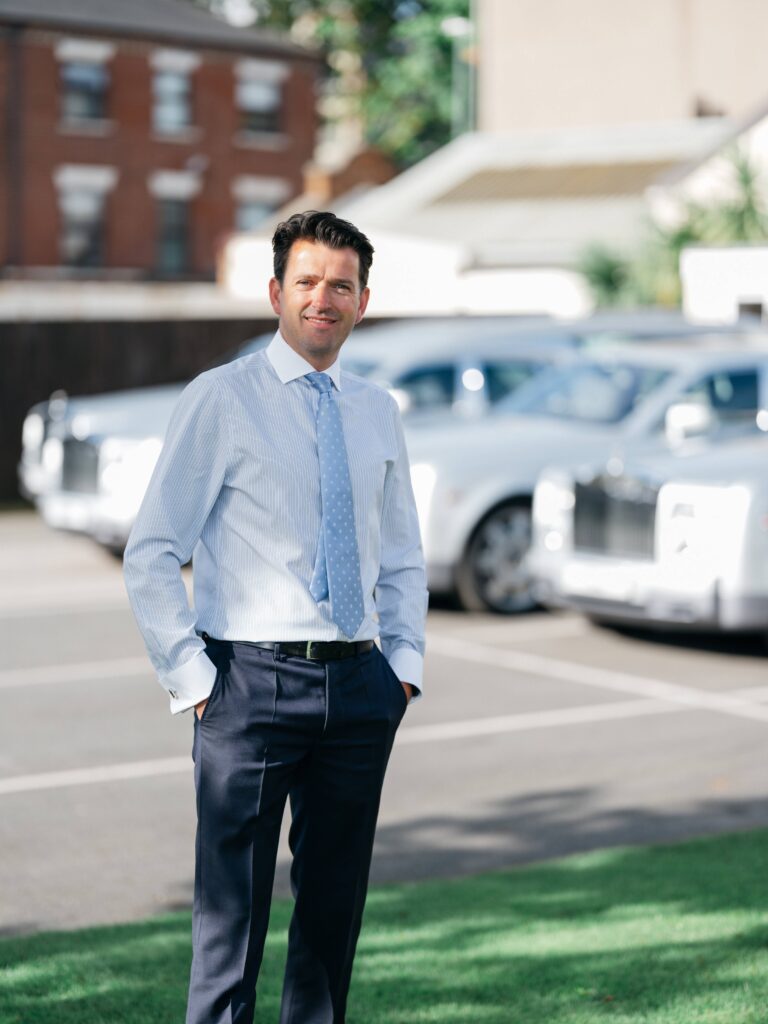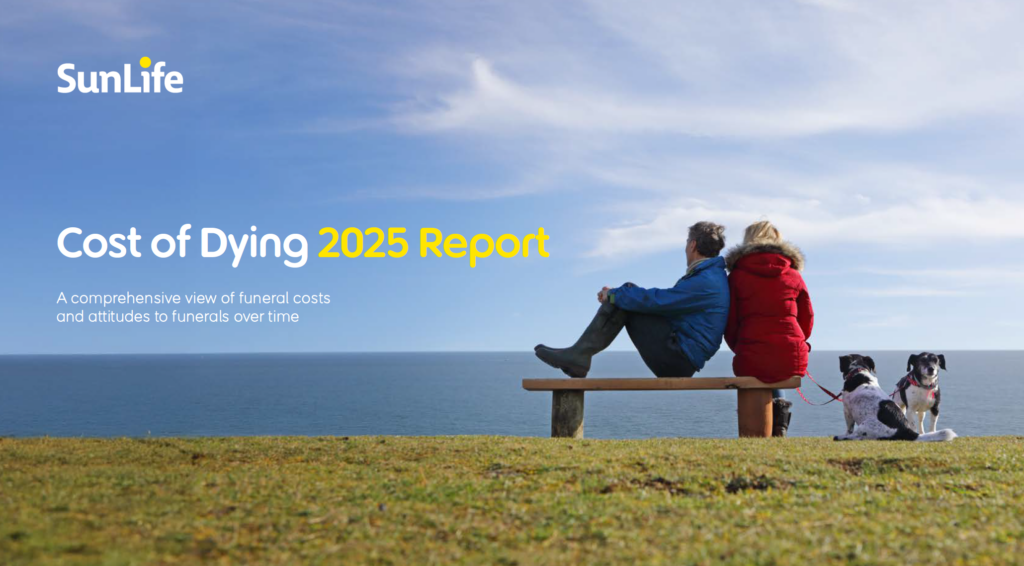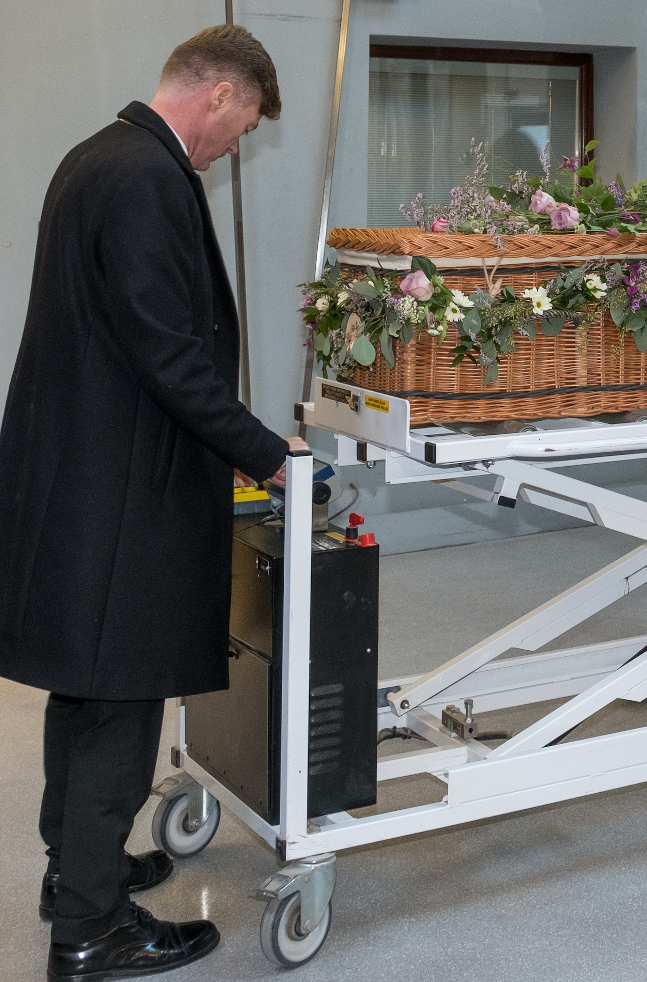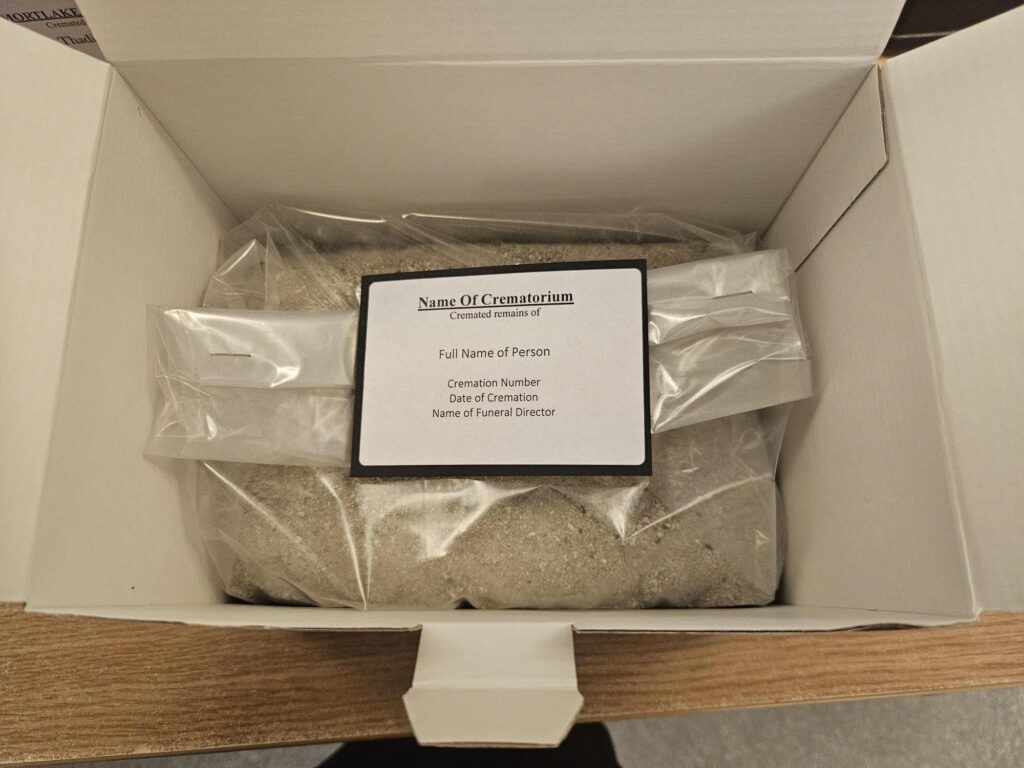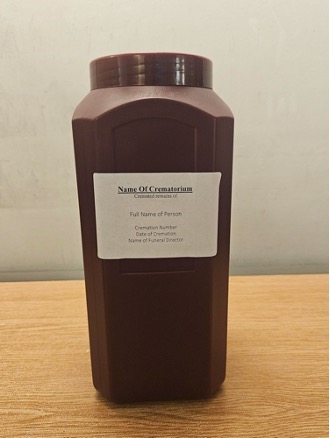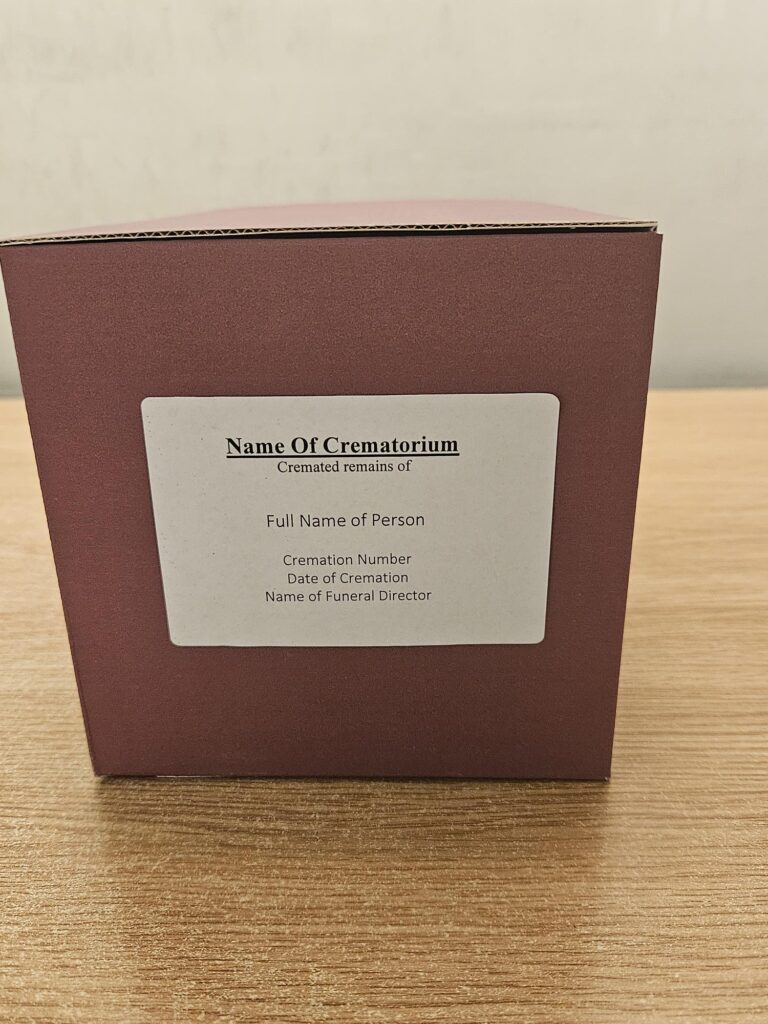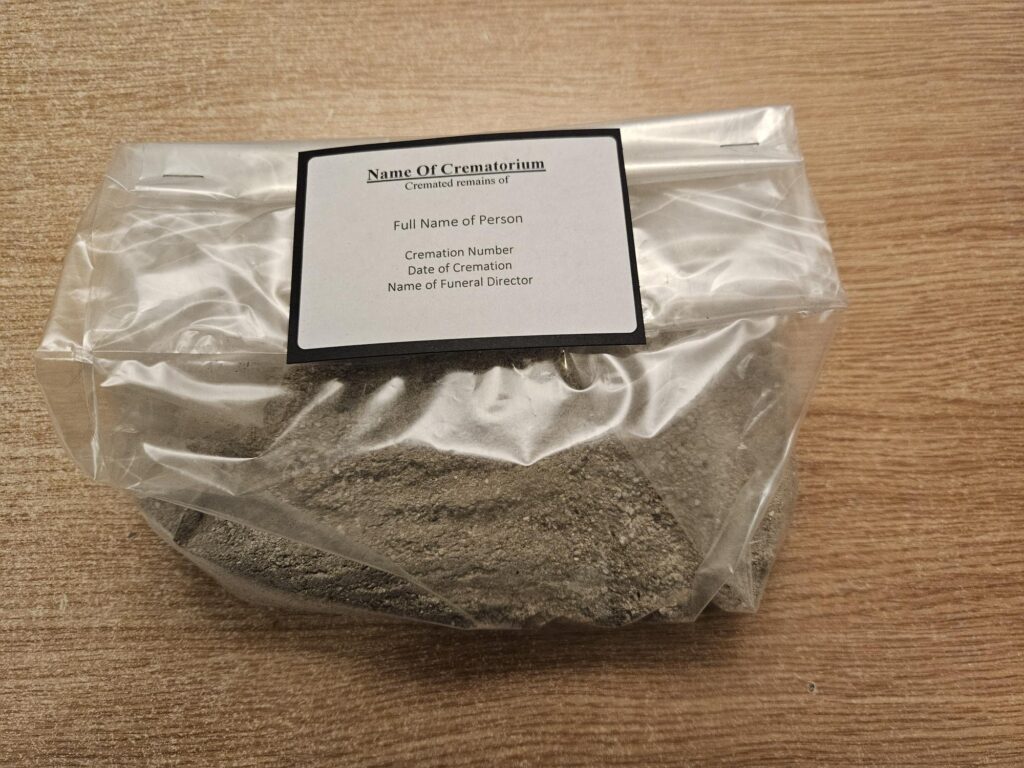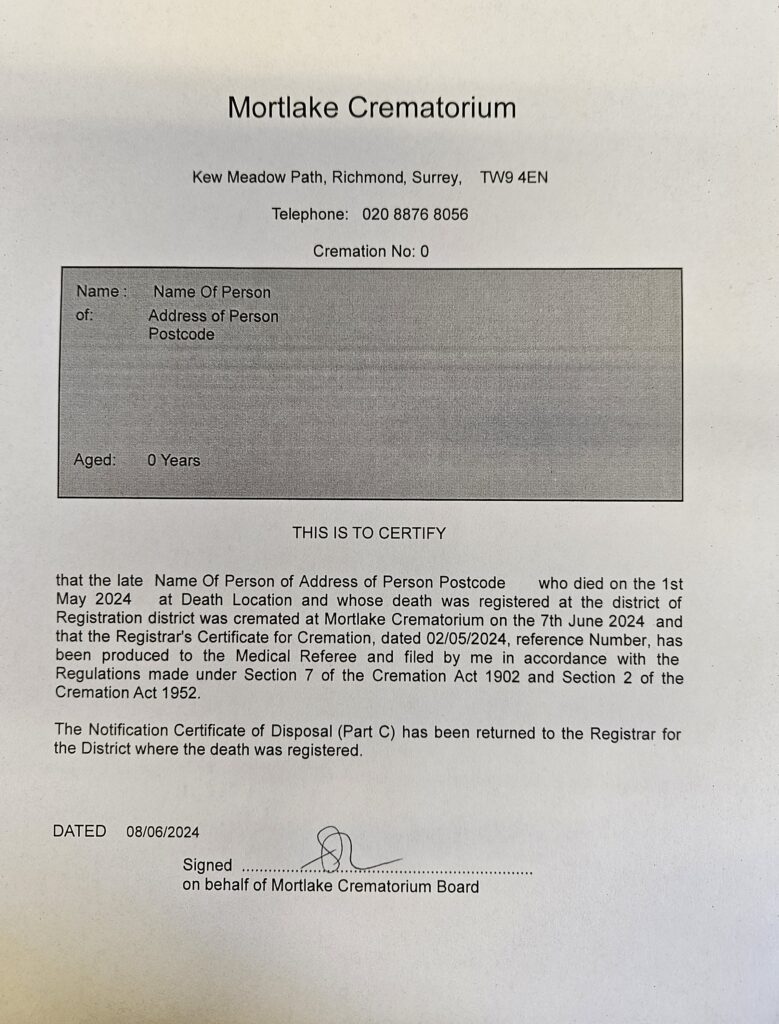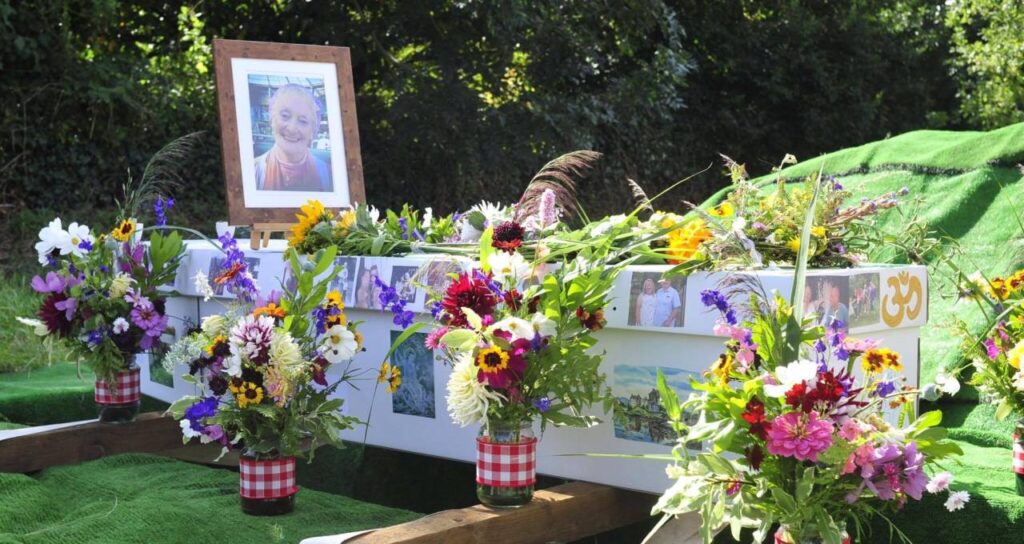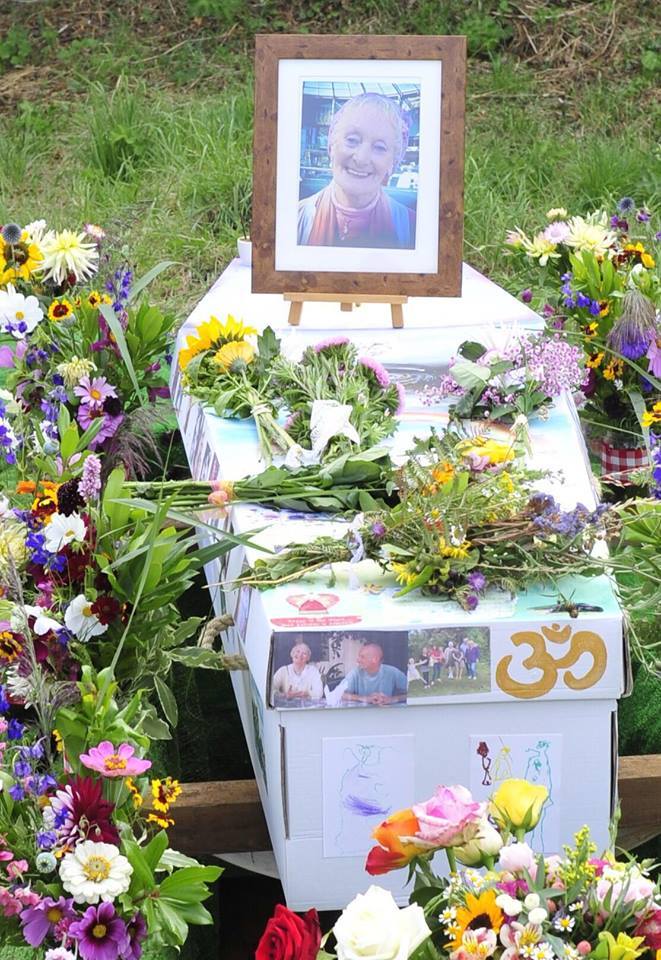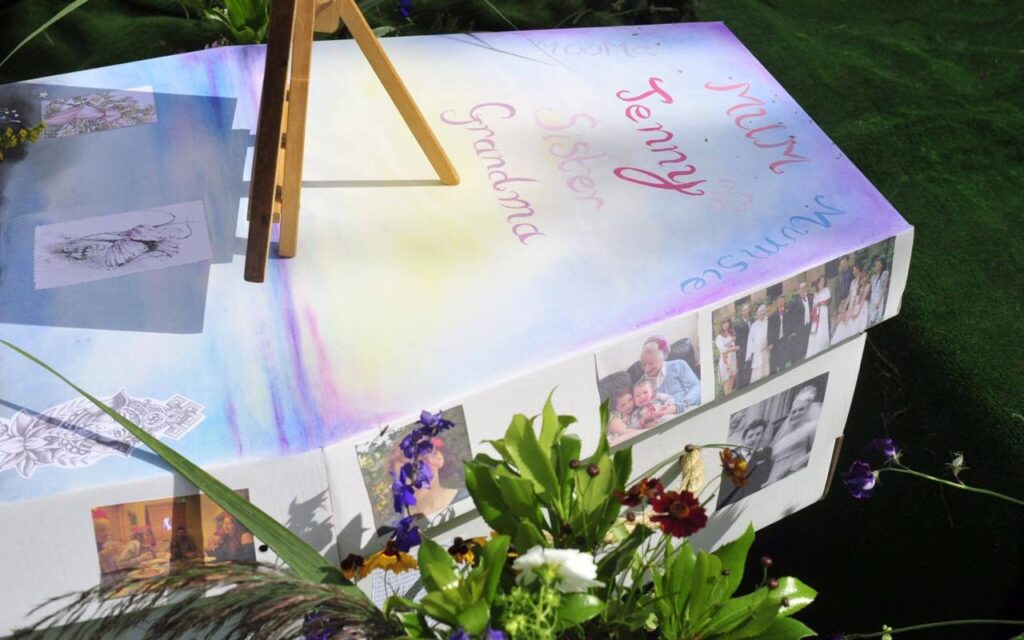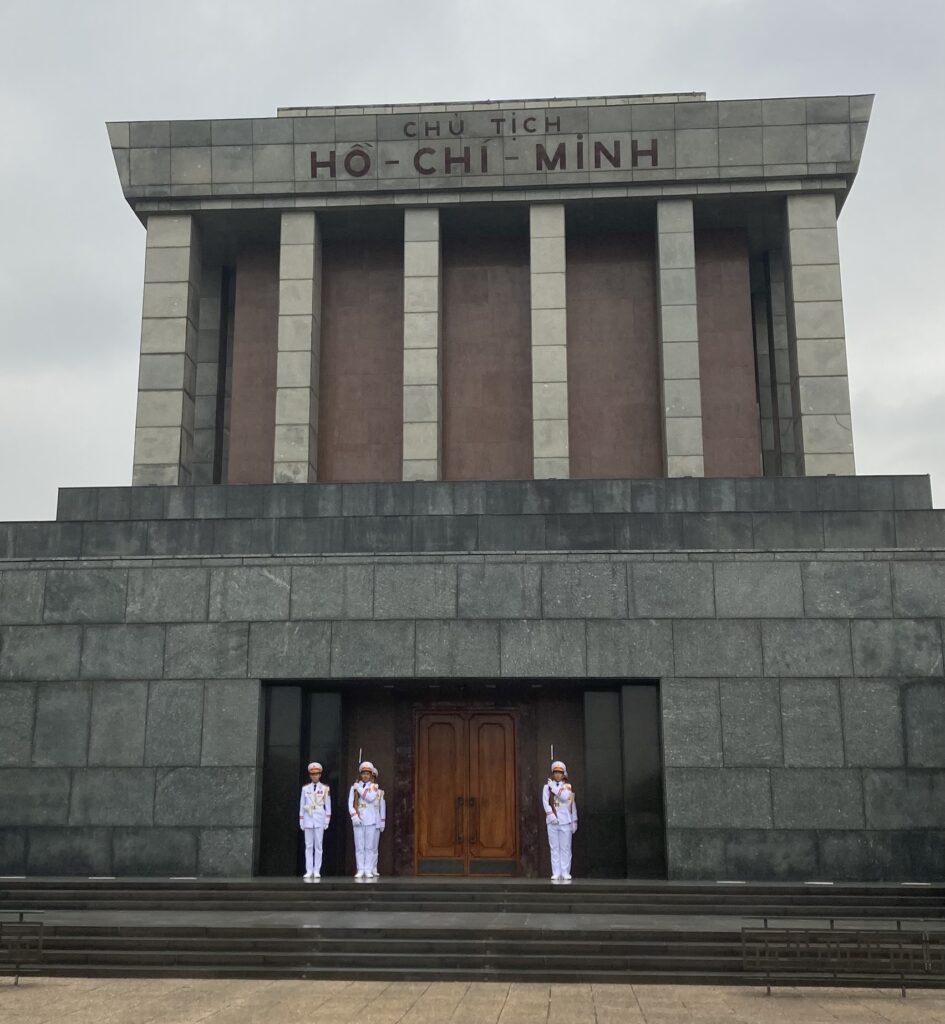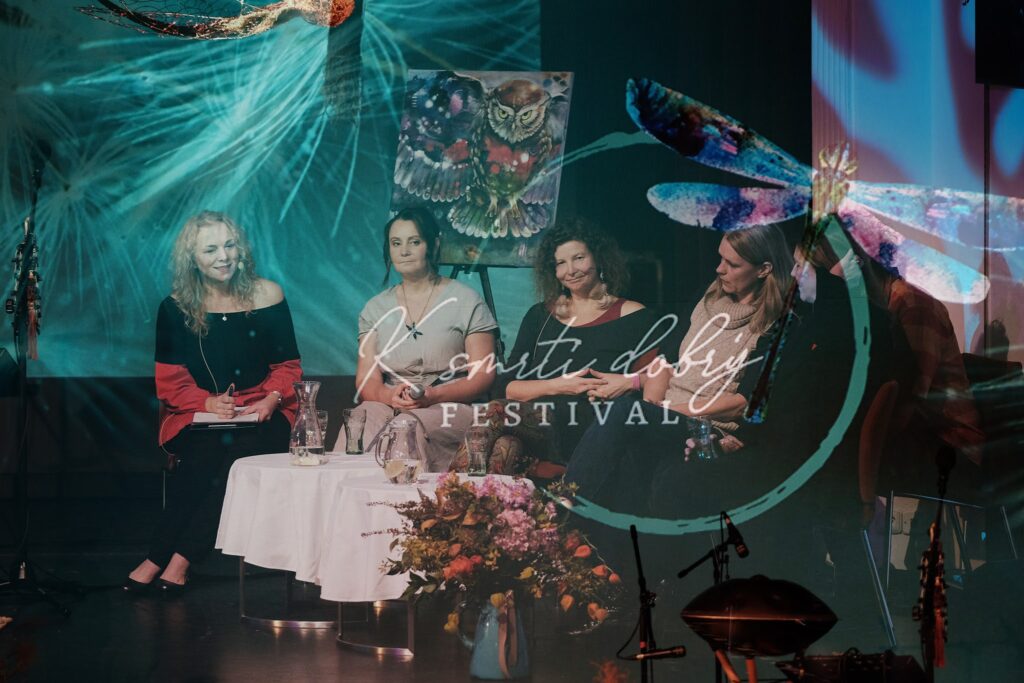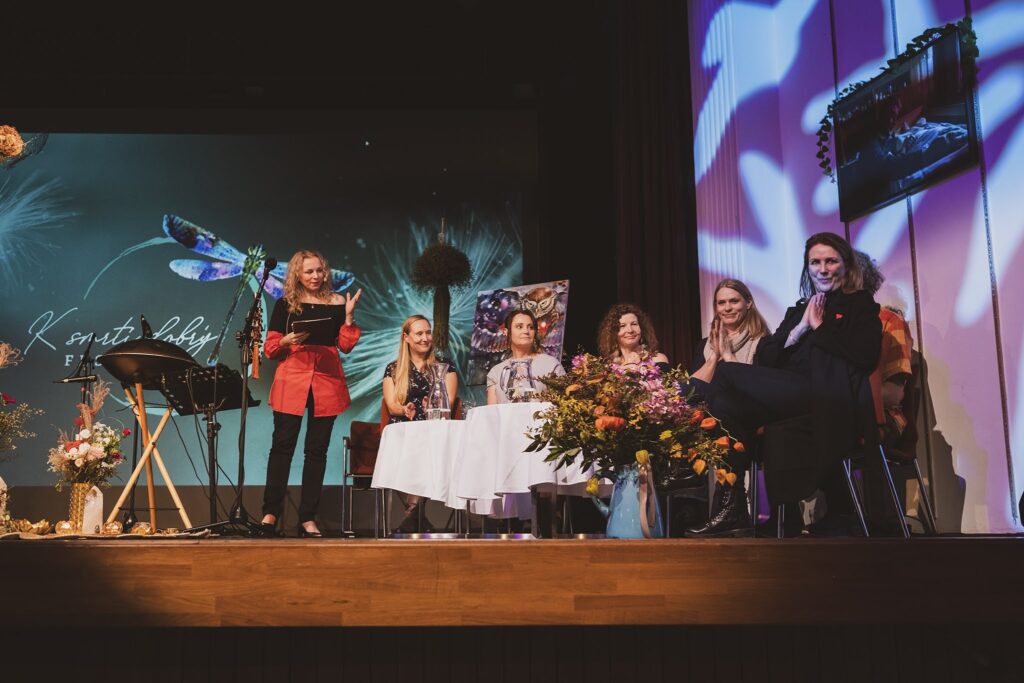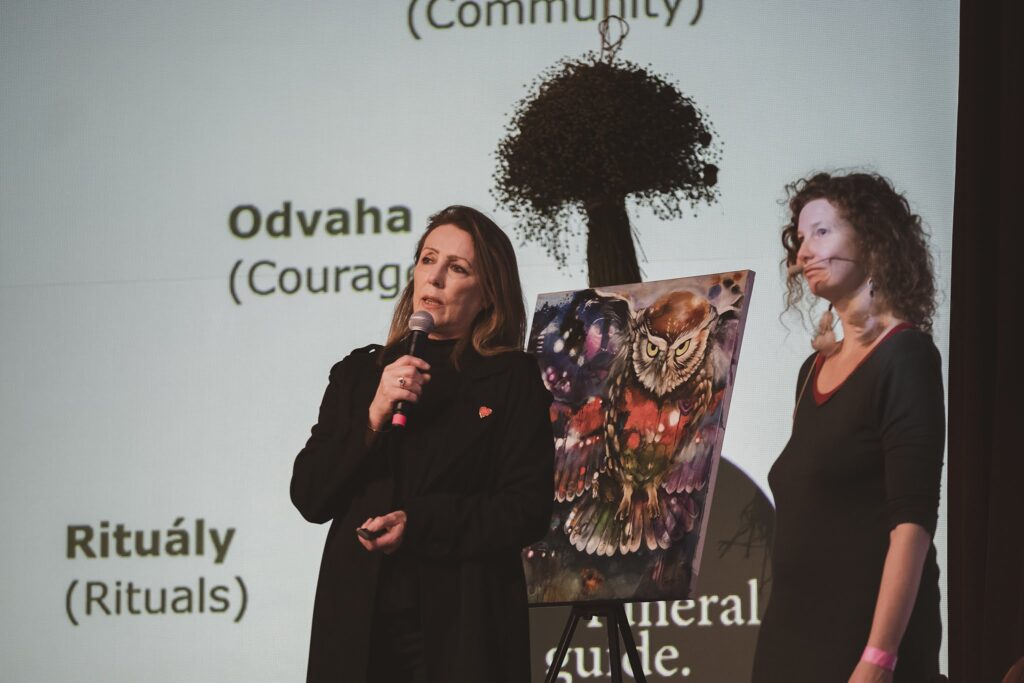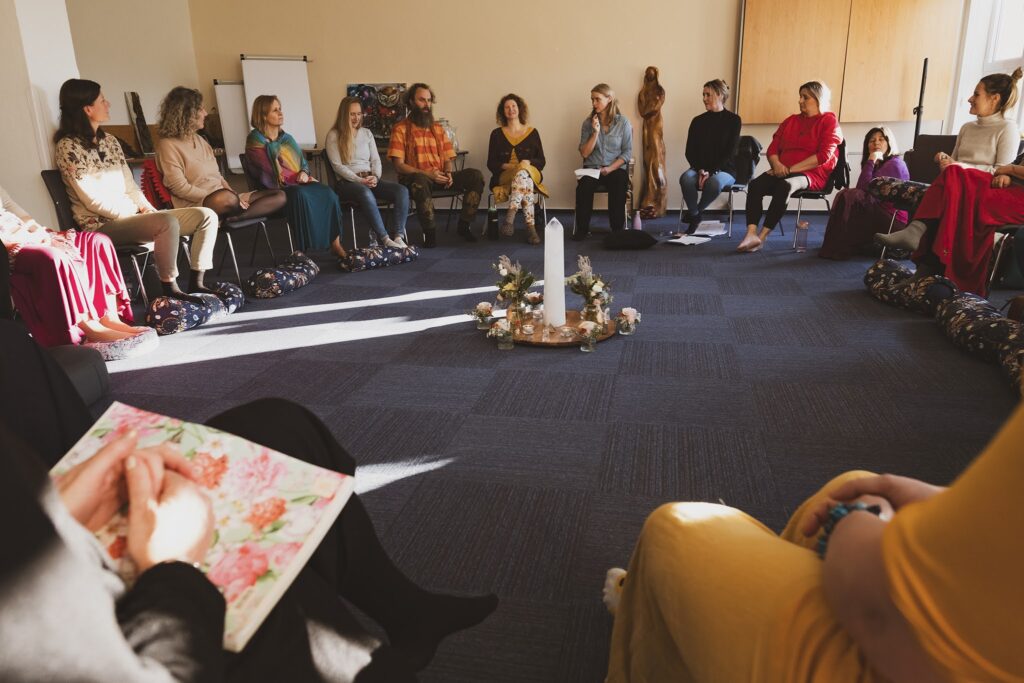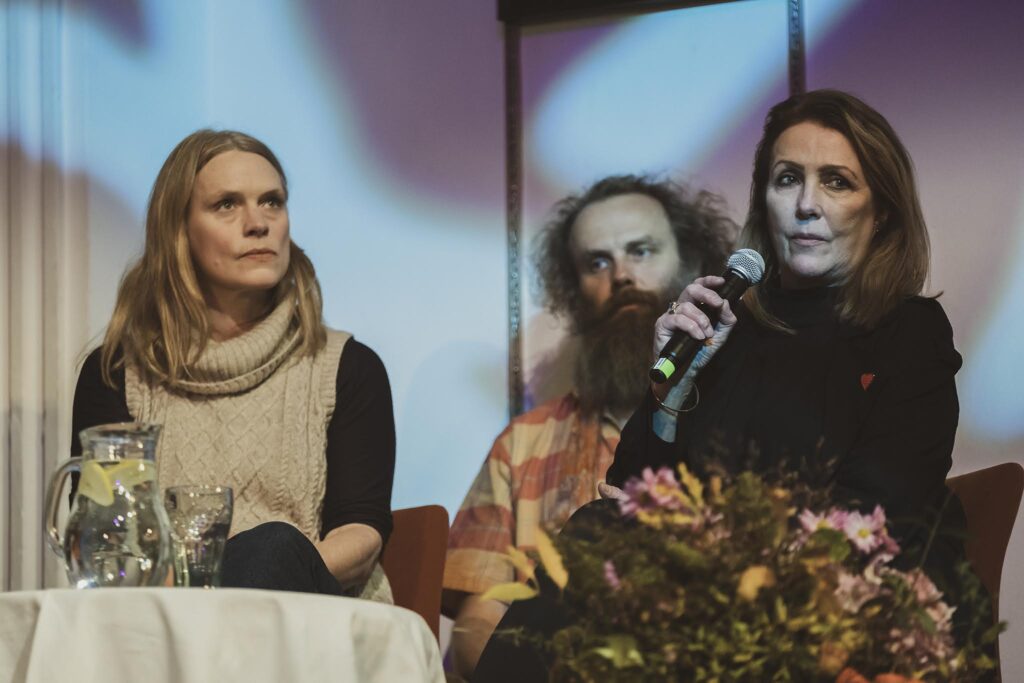We have long held a wary opinion of pre-paid funeral plans here at the GFG.
Over the years, we have published numerous blog posts warning people to be extremely careful and to do as much research as possible before committing to purchasing a funeral plan.
It’s an absolutely huge market. A multi-billion-pound market. According to Mintel, pre-arranged funerals account for a quarter of the overall UK funeral market, with 1.64 million funeral plans currently in existence. Let’s be generous and suggest that the average price of those plans is £2,000* – multiply that up and we reach more than £3,000,000,000 of hard-earned money tied up in funeral plans.
(*The price of a pre-paid funeral plan starts at just over £3,000. According to the National Association of Funeral Plan Providers, 169,846 new plans were purchased last year.)
The situation has improved significantly from the Wild West that it used to be before July 2022, when the Financial Conduct Authority (FCA) took on regulation of the funeral market.
We wrote here about our relief when the FCA finally brought this multi-billion-pound market under scrutiny, giving the public the reassurance of knowing that planholders who have paid an authorised provider for a funeral plan will have the protection of access to the Financial Services Compensation Scheme and / or the Financial Ombudsman Service.
However, since the advent of regulation, multiple funeral planning companies have gone bust as a direct result of failing to meet the required FCA standards, leaving hundreds of thousands of devastated people who thought they had done the right thing by taking out a funeral plan, but who suddenly found that they don’t have the cover they have paid for.
Currently, four former funeral plan providers are in liquidation (Not For Profit Funeral Plans, Ready4Retirement, Rest Assured and Unique Funeral Plans).
A further six firms are in administration (Empathy UK Prepaid Funeral Plans, One Life Funeral Planning Ltd, Pride Planning, Prosperous Life, Safe Hands Funeral Plans and Silver Clouds Later Life Planning).
And alongside these failures, the Serious Fraud Office are conducting a criminal investigation into a suspected fraud at Safe Hands Funeral Plans.
Plan-holders at many of the companies refused authorisation have often found themselves between a rock and a hard place – the choice for these unsuspecting, innocent planholders was either ‘just wait in line for whatever money back will be left to give back to you when the company is finally wound up’, or ‘accept the offer of a discounted new funeral plan from a FCA authorised provider’.
A glance through the various Administrators’ Progress Reports or Liquidators’ Statements of Receipts and Payments at Companies House is depressing reading, as the labyrinthine dealings of investments, intercompany loans and transfers, and offshoring of funds is revealed. Vast amounts of money are now being allocated against the costs of winding up these companies, with Administrators’ fees running into millions already. The money paid in good faith, often by people who can least afford to lose it – many, many millions of pounds – has gone.
Across the board, Administrators are noting there will likely be just a few pence in the pound available to refund plan holders – see Page 10 of this example where the Administrator states ‘it is envisaged that Planholders who did not opt in to a Dignity funeral plan will receive a partial refund from the Trust. At present it is estimated at less than 10p/£ .’
After discussions with Administrators / Liquidators, Dignity stepped in to offer rescue plans for clients of six companies, who together had purchased around a hundred thousand funeral plans. The transactional arrangements between Dignity and the Administrators for ‘rescuing’ these plans are not in the public domain.
Unsurprisingly, many of the worried planholders who were offered the alternative of transferring over to a new plan with Dignity took it, but all is not well here either.
We have heard from a number of bereaved families of planholders who transferred over to Dignity in the hope of receiving the funeral they had paid for in good faith.
When the planholders died and their next of kin called Dignity to activate the plans, these families were told that the plan only covered 40% of the required money for the specified funeral. They were advised that they would have to pay the remaining 60% in order to have the funeral described in the original plan. We are unable to verify this information, but it has come to us from a number of reliable sources.
We are also very aware that many people who purchased their funeral plans from the now defunct companies would have expected their local (non-Dignity) funeral director to be carrying out the funeral. Obviously, where a plan has now been transferred to a Dignity Rescue Plan, this is no longer possible unless the Rescue Plan is cancelled and a new plan taken out, however there are problems here too.
Planholders (or their bereaved families) who opt to cancel their new Rescue Plan are told: ‘You have a right to cancel your plan any time after we have received the funds from your previous funeral plan provider, without giving us any reason and without having to pay any cancellation fee.‘
So far, so good. But note the caveat ‘any time after we have received the funds from your previous funeral plan provider’. No indication of when this might be. And it goes on:
‘The amount you will receive will be in line with the terms and conditions enclosed in your welcome pack from us. The refunded sum shall be capped at the amount of money received by us in relation to the plan from your previous provider and any subsequent payments made directly from you to us.’
So, in plain English, that means around a hundred thousand people, having paid out something in the region of £200 million for their future funerals (many would have nominated their preferred funeral director who they wanted to carry out the funeral) have been faced with the alternative of either:
- having the funeral provided by Dignity, with a significant additional payment required, and a penalty for cancelling which may decimate the expected value of the refund,
or
- waiting for the final winding up of the company they paid their money to, and seeing what miniscule amount will be repaid to them, with no funeral provision available.
Truly Hobson’s Choice.
As we have said all along, if you are thinking of buying a pre-paid funeral plan, be very, very careful indeed.
~
Below is the current list of pre-paid funeral plan companies who are not authorised by the FCA.
If you hold a funeral plan with any of these companies (and hundreds of thousands of people do) – and if you are unsure in any way of how you stand, go to the FCA website to get contact details to check on the status of your plan.
Bristol Memorial Woodlands FP Limited
Did not apply for FCA authorisation
Plans transferred to Plan with Grace Ltd
Capital Life
Application for FCA authorisation withdrawn
Plans transferred to Dignity Funeral Plans Ltd
Darwen Funeral Services
Did not apply for FCA authorisation
Plans transferred to Crystal Cremations Ltd.
Empathy UK Funeral Plans Ltd (Empathy)
Application for FCA authorisation withdrawn
In administration
Planholders were invited to take up Dignity transfer offer or offered a partial refund.
Eternal Peace Funeral Plans Ltd (Eternal Peace)
Application for FCA authorisation refused
Refunds provided to all Planholders
Fox Milton & Co. Ltd (Trading as Unique Funeral Plans)
Did not apply for FCA authorisation
In liquidation.
No refunds available.
Geo. Hanson & Sons (Hucknall) Ltd (Geo. Hanson)
Application for FCA authorisation withdrawn
Plans transferred to Golden Leaves Limited.
Iberian Funeral Plans (based in Spain)
Did not apply for FCA authorisation
Planholders wishing to have a funeral in the UK have been contacted to provide a refund or offer other arrangements.
Mairi Urquhart & Son Ltd
Application for FCA authorisation withdrawn
Plans transferred to Crystal Cremations Limited
Maplebrook
Application for FCA authorisation withdrawn
Plans transferred to Golden Leaves Limited
Not for Profit Funeral Plans
Did not apply for FCA authorisation
In liquidation
One Life Funeral Planning Ltd.
Application for FCA authorisation refused
In administration
Planholders offered some discounted alternatives from other firms
Paul Young Funeral Director
Did not apply for FCA authorisation
Future of plans uncertain
Pride Planning
Application for FCA authorisation withdrawn
In administration
Planholders were invited to take up Dignity transfer offer or offered a partial refund.
Prosperous Life Limited (Prosperous Life)
Application for FCA authorisation withdrawn
In administration
Planholders were invited to take up Dignity transfer offer or offered a partial refund.
PS Cremations Funeral Planning Limited
Did not apply for FCA authorisation
Company still registered at Companies House
Ready4Retirement
Application for FCA authorisation withdrawn
In liquidation
Most plans transferred to Low Cost Funeral Ltd on same terms. Remaining Planholders offered new, discounted plans by Low Cost Funeral Ltd.
Rest Assured Funeral Plans Limited (Rest Assured)
Application for FCA authorisation withdrawn
In liquidation
Planholders were invited to take up Dignity transfer offer or offered a partial refund.
Safe Hands Funeral Plans Limited
In administration
Under investigation by the Serious Fraud Office
Planholders offered new discounted plans by Dignity Funerals and Co-op Funeralcare
Silver Clouds Later Life Planning
Application for FCA authorisation withdrawn
In administration
Planholders were invited to take up Dignity transfer offer or offered a partial refund
SJP Lichfield
Application for FCA authorisation withdrawn
Plans transferred to Golden Leaves Limited
Sovereign Lifecare Ltd
Did not apply for FCA authorisation
No information on plans
Tyde Group Limited
Did not apply for FCA authorisation
No information on plans
Wren & Fraser
Application for FCA authorisation withdrawn
No information on plans
